Reviews
Le Notti del terrore / Zombi 3 / Burial Ground / The Zombie Dead
Andrea Bianchi
Italy, 1981
Credits
Review by Thomas Scalzo
Posted on 12 October 2007
Source Shriek Show DVD
Related articles
Reviews Let Sleeping Corpses Lie
Reviews City of the Living Dead
Reviews Night of the Creeps
Categories 31 Days of Horror
As the 1970s drew to a close, the horror world witnessed the release of two of the most successful, and influential, zombie films of them all: George A. Romero’s Dawn of the Dead, and Lucio Fulci’s Zombie. Although widely different in terms of storyline, narrative style, and zombie particulars, the two films share an intense pessimism about the fate of humanity, a dark vision of an inevitable zombie apocalypse, and a singular fixation on the celebration of gore.
Sadly, in the worldwide rush to churn out money-making knock-offs, many filmmakers concentrated their efforts on this last trait alone, offering pictures with increasingly outlandish exhibitions of the gruesome and largely ignoring the deft storytelling touches and measured characterizations that brought a sense of parity to Romero’s and Fulci’s work. Our second zombie film of the month, Andrea Bianchi’s The Nights of Terror, is a striking example of such cinematic imbalance, a film that cares for nothing but zombie mayhem, and subsequently pushes the cynical, eternal apocalypse-style of zombie film to its endurable limits.
Although the story does include a brief opening dramatization of how the zombies came to be (curious professor removes warding seal from ancient necropolis housing evil Etruscan corpses), the information is disseminated quickly and then treated as superfluous. There are no heated debates as to how these creatures may have come into existence, no inquisitive pseudo-sleuths desperately trying to get to the bottom of the mystery. Once the zombies arrive, there is no time for the humans to focus on anything but survival.
As such, we learn next to nothing about Bianchi’s protagonists, only that they have come to a desolate mansion to while away the summer days, and one or more of them have some connection to the professor. And sadly, we are afforded little chance to observe their everyday antics or revel in their obliviousness of the situation, for almost immediately after they arrive, the zombies appear and begin killing them. There are no warnings, no ominous bumps in the night, no false scares to build up the horror tension. One minute the world is fine, the next, the zombies are everywhere.
Besides the obvious intention of getting us to the gore as quickly as possible, a narrative structure that skims over plot and character has the secondary effect of laying bare the utter indifference at the heart of the apocalyptic zombie film. For in a world where the dead can return to life, does it matter where these particular zombies come from or why they exist? It is enough that they have arrived and cannot be stopped. And why does it matter who these human victims are? They are merely zombie fodder, the first in what we can only imagine will be an endless succession of hapless victims.
For Bianchi’s ghouls are not mindless, shuffling, garden-variety zombies. They are genuine monsters, replete with sharp fangs and hideous, inhuman faces. That what little background we get on these ruthless Etruscans implies that they have been lying dormant for centuries, eagerly awaiting their chance to rise, suggests that what we are witnessing is not an unfortunate accident but a predestined assault—the zombies a personification of a nameless and timeless evil. Add to this the realization that Bianchi’s creatures are diabolically crafty, devising complex strategies and working as a team to achieve their gruesome goals, and any hope we may have entertained for the humans in this film, or humanity as a whole, is shattered.
The following example epitomizes the creative horrors these creatures are capable of. Besieged in the mansion, the humans desperately attempt to barricade all entrances. Seeing an open window at the end of the second floor hallway, a young woman races to the portal, and reaches out to draw the shutters closed. Suddenly, she screams in pain. A spike has pierced her hand, pinning it to the thick wood of the shutter. Looking down, she sees a group of the undead moving out of the shadows, the first part of their plan complete. As the woman struggles to free herself, her hand tearing in vain against the spike, one of the zombies raises a large scythe above the girl’s head, carefully moves it into position just above her neck, and then patiently forces it down. It is a morbidly beautiful scene, pregnant with tension and the chill of impending doom.
Though the film is rife with similar moments of majestically grim excellence, however, the sheer quantity and incessantness of the horrific acts ultimately leaves us desperate for something to offset the unrelenting gore. For without the occasional reprieve from the shocking violence, we no longer look forward to each new attack with unbridled enthusiasm, but instead grow increasingly benumbed to the horrors we are witnessing. But Bianchi offers no quarter, choosing instead to pile on the atrocities, confining his humans within increasingly vulnerable structures, forcing them to confront both the endless Etruscan assault and the inevitable zombification of their murdered friends, and plunging us ever deeper into the soul-crushing hopelessness of his world.
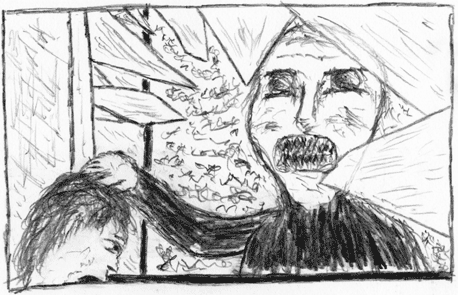
That’s What You Get for Walking Too Close to the Window
More 31 Days of Horror
-

Alien
1979 -
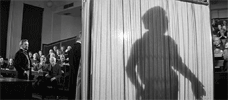
The Elephant Man
1980 -
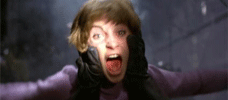
My Bloody Valentine
1981 -
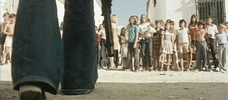
Who Can Kill a Child?
1976 -
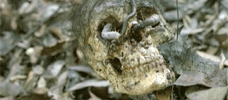
Cannibal Holocaust
1980 -
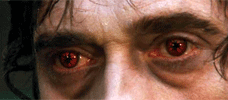
Let Sleeping Corpses Lie
1974 -

John Carpenter’s Vampires
1998 -

Jaws 2
1978 -

A Warning to the Curious
1972 -

Wolf
1994 -
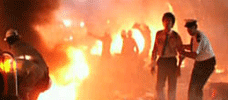
The Survivor
1981 -
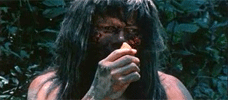
Cannibal Ferox
1981 -
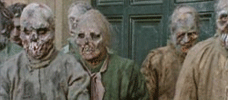
The Nights of Terror
1981 -
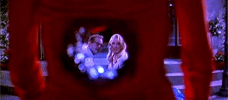
Death Becomes Her
1992 -

Alice, Sweet Alice
1976 -

Body Double
1984 -
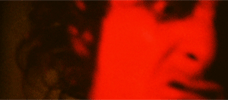
Invocation of My Demon Brother
1969 -
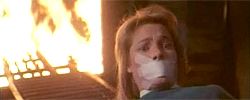
Phantasm II
1988 -
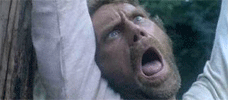
Emanuelle and the Last Cannibals
1977 -

The Wicker Man
1973 -
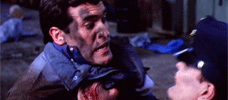
Maniac Cop
1988 -
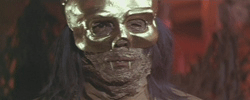
The Legend of the 7 Golden Vampires
1974 -
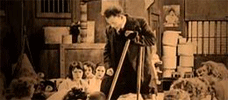
The Penalty
1920 -

Boxing Helena
1993 -

Chew on This
2005 -

Night of the Creeps
1986 -

Night of the Lepus
1972 -
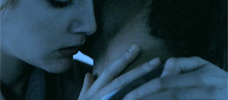
Near Dark
1987 -

Army of Darkness
1992 -
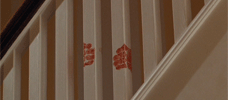
The Brood
1979 -

The Lift
1983 -

Amsterdamned
1988 -
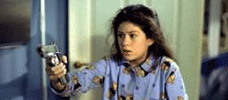
Silent Witness
1999 -

The Shaft
2001
We don’t do comments anymore, but you may contact us here or find us on Twitter or Facebook.



